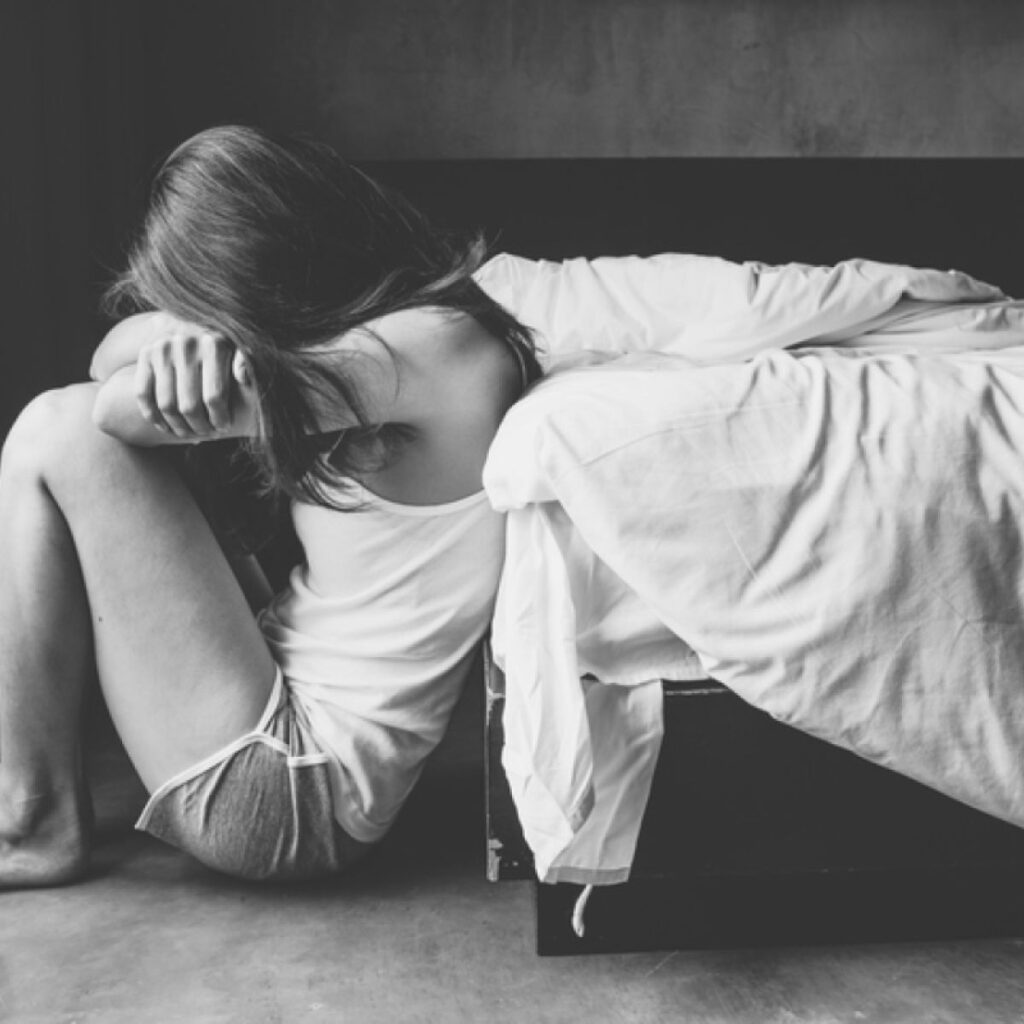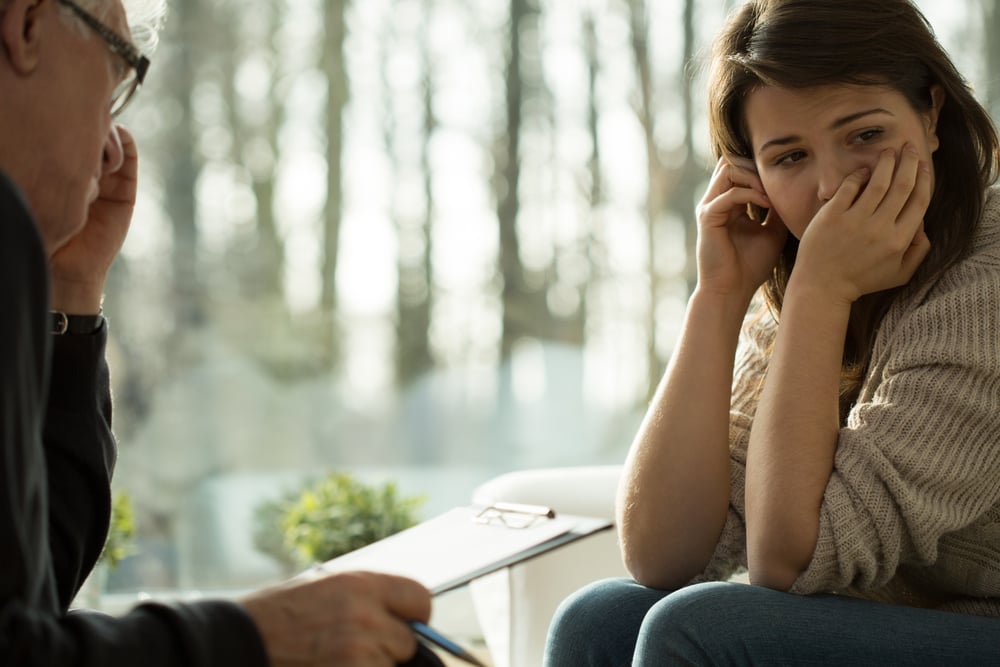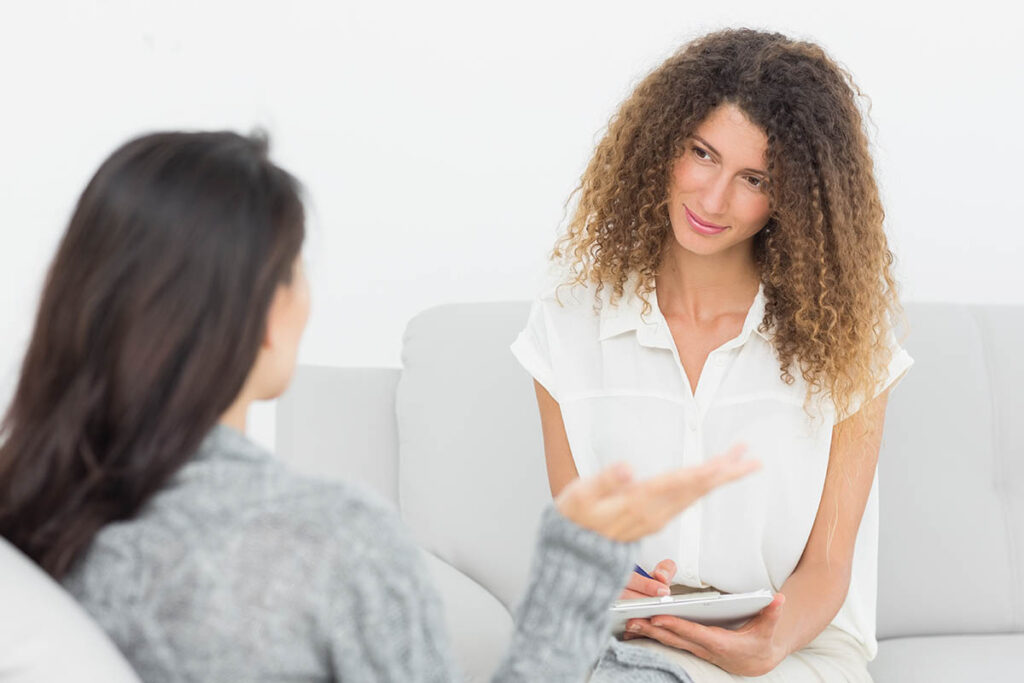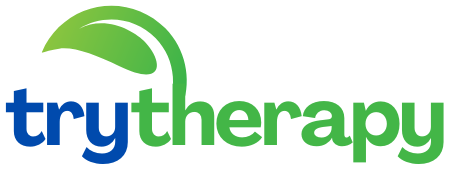Let’s be real, we live in a world where we’re more “connected” than ever, yet loneliness feels like it’s on the rise. I’ve been there, scrolling through social media, surrounded by hundreds of online friends, yet feeling utterly alone. It’s a strange paradox, isn’t it? Research shows that chronic loneliness isn’t just a fleeting emotion it can wreak havoc on both our mental and physical health. Did you know that being chronically lonely can have health impacts comparable to smoking fifteen cigarettes a day? It’s staggering.
But here’s the good news: therapy can be a game-changer when it comes to breaking free from loneliness and building deeper, more meaningful relationships. I’ve seen it work in my own life, and I want to share how it can help you too.
Why Loneliness Hurts More Than You Think

Loneliness isn’t just about feeling sad or isolated, it’s a deep, aching void that can affect every aspect of your life. It can lead to depression, anxiety, and even physical health issues like heart disease and a weakened immune system. I remember a time in my life when I felt completely disconnected, even in a room full of people. It was like I was wearing an invisible shield, keeping everyone at arm’s length.
The truth is, loneliness often stems from patterns we develop over time patterns that therapy can help us unravel. It’s not always about finding the “right” people or fixing external circumstances. Sometimes, the real work begins within ourselves.
How Therapy Helped Me Understand My Relationship Patterns

Here’s the thing: I used to blame my relationship struggles on other people. “If only I had a better partner,” or “If only my friends understood me more.” But therapy revealed something profound: my internal frameworks, shaped by my past experiences, played a huge role in how I connected with others.
Think about it. Have you ever noticed yourself withdrawing when things get tough, or maybe going out of your way to please others just to avoid conflict? These are protective mechanisms, and while they might have served me at some point, they often ended up pushing people away. Therapy acted like a mirror, helping me see these patterns clearly.
For example, I realized that my tendency to shut down during arguments was a direct reflection of how my emotionally unavailable mother handled conflict. It was a lightbulb moment for me and one that changed the way I approached my relationships.
The Types of Therapy That Helped Me

Not all therapy is the same, and different approaches can address different aspects of relationship struggles. Here are a few that I found particularly effective:
Psychodynamic Therapy
This helped me dive into my past to uncover how early relationships shaped my current behavior. It was like detective work for my emotions.
Cognitive-Behavioral Therapy (CBT)
This focused on the thoughts and beliefs that sabotaged my connections. For instance, I often assumed the worst in social situations. CBT helped me challenge those negative thought patterns.
Emotionally Focused Therapy (EFT)
This approach helped me identify negative cycles in my relationships and rebuild emotional bonds.
Each of these approaches offered unique tools to help me break free from loneliness and build healthier connections.
The Skills I Developed Through Therapy
Therapy wasn’t just about talking, it was about building practical skills that transformed how I related to others. Here are a few key ones:
Emotional Literacy
I learned to identify and express my feelings in a way that felt authentic. Trust me, it’s harder than it sounds, but it’s a game-changer.
Setting Boundaries
Healthy relationships require boundaries not walls, but clear lines that protect my needs while allowing vulnerability.
Self-Compassion
This was the foundation of all connections. If I was constantly criticizing myself, it was hard to truly connect with others. Therapy helped me cultivate kindness toward myself, which naturally spilled over into my relationships.
I’ll never forget the moment I realized that my harsh self-criticism was leaking into my relationships. It wasn’t until I started treating myself with more compassion that I noticed a shift in how I connected with others.
Starting My Therapy Journey
If you’re considering therapy to improve your relationships, here’s what helped me get started:
Clarify Your Goals
I asked myself, “Am I struggling with romantic relationships, friendships, or family dynamics?” Knowing my focus helped me find the right therapist.
Find the Right Fit
I looked for a therapist who specialized in relationship issues. The connection I felt with my therapist was just as important as their credentials.
Be Patient
Changing relationship patterns takes time. It’s not a quick fix, but the progress is worth it.
Final Thoughts: You’re Not Alone
The journey from loneliness to connection isn’t always easy, but it’s one of the most rewarding paths I’ve taken. Therapy offered me a safe space to explore my patterns, heal from past wounds, and build the skills I needed for meaningful relationships.
Remember, loneliness isn’t a sign of weakness, it’s a human experience. And seeking help? That’s a sign of strength. So, what relationship patterns are you ready to explore? What might change if you understood where they come from?
References
Journal of Clinical Psychology. “Therapeutic Approaches to Attachment and Relationship Functioning.”Clinical research synthesis https://www.clinicalpsych.org/attachment-studies
American Psychological Association. “Loneliness: A Growing Public Health Concern.” Professional guidelines resource https://www.apa.org/loneliness-research
National Institute of Mental Health. “Social Connection and Mental Health Outcomes.” Government research database https://www.nimh.nih.gov/social-connection

